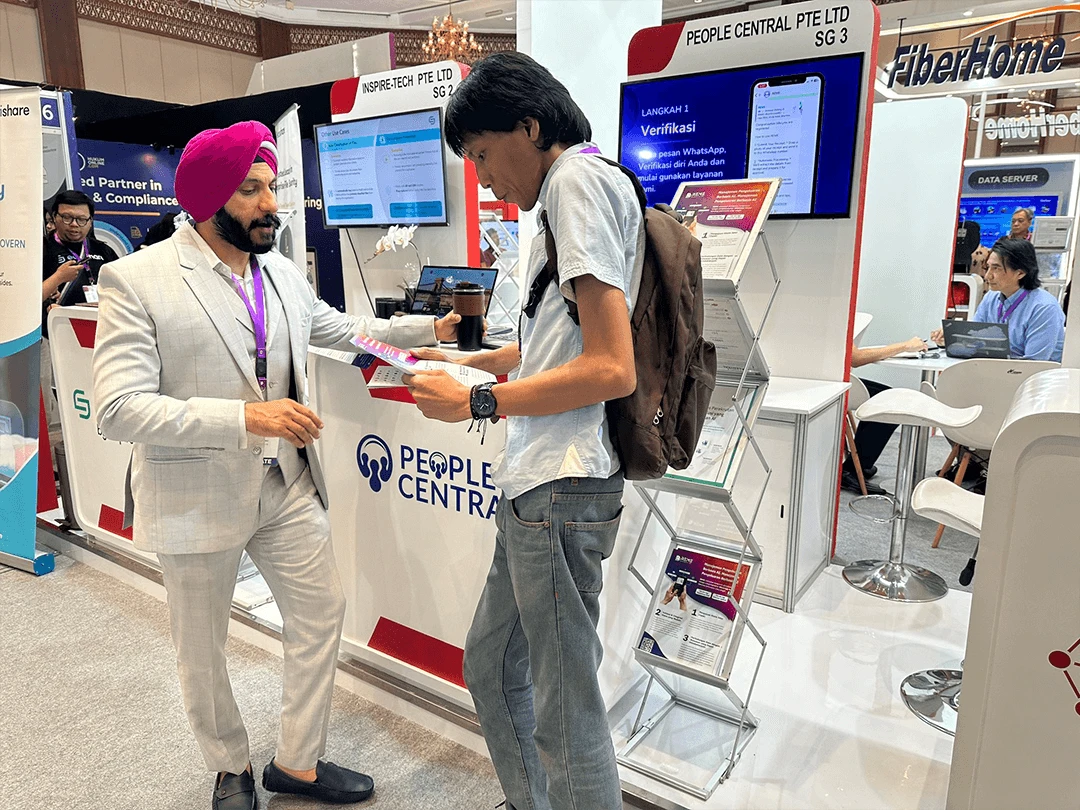PeopleCentral: HR & Payroll Software
Secure Your HR’s Future with Comprehensive HR Software
How an HRIS Can Save Time and Improve Employee Experience
Introduction Why do you think an HRIS (Human Resource Information System) system is so important in today’s business environment? It...
Read More10 Benefits of Using an HRIS For Your Organization
Introduction When I think about the times when we used...
What is Compassionate Leave in Singapore? A Guide for HR Teams on Non-Statutory Policies
Introduction You know, in tough times when you’re going through...
Taxation in Singapore Made Simple: What You Need to Know in 2025
Introduction I recently spoke with an old friend. He told...
HRIS: The Backbone of Modern Workforce Management
Introduction Tell me one thing. Can you try to manage...
HR Software: Everything You Need to Know Before Choosing One
Introduction Let’s be honest, no one starts a business because...
Payroll Software 2025: Save Time, Stay Compliant, and Automate Everything
Introduction You know, payroll is not just about handing out...
What's On Your List: HRMS Necessity or HRMS Efficiency?
Exploring the Future: FWA 2025 Insights
The likes of Flexible Work Arrangements (FWA) in 2025 may...
The Rise of the Gig Economy: Trends and Insights
Singapore’s streets are alive, not just with the usual busyness...
How Learning And Development (L&D) Help In People Performance
Working professionals are always eager to advance their skills, learn...
















 5
5


























